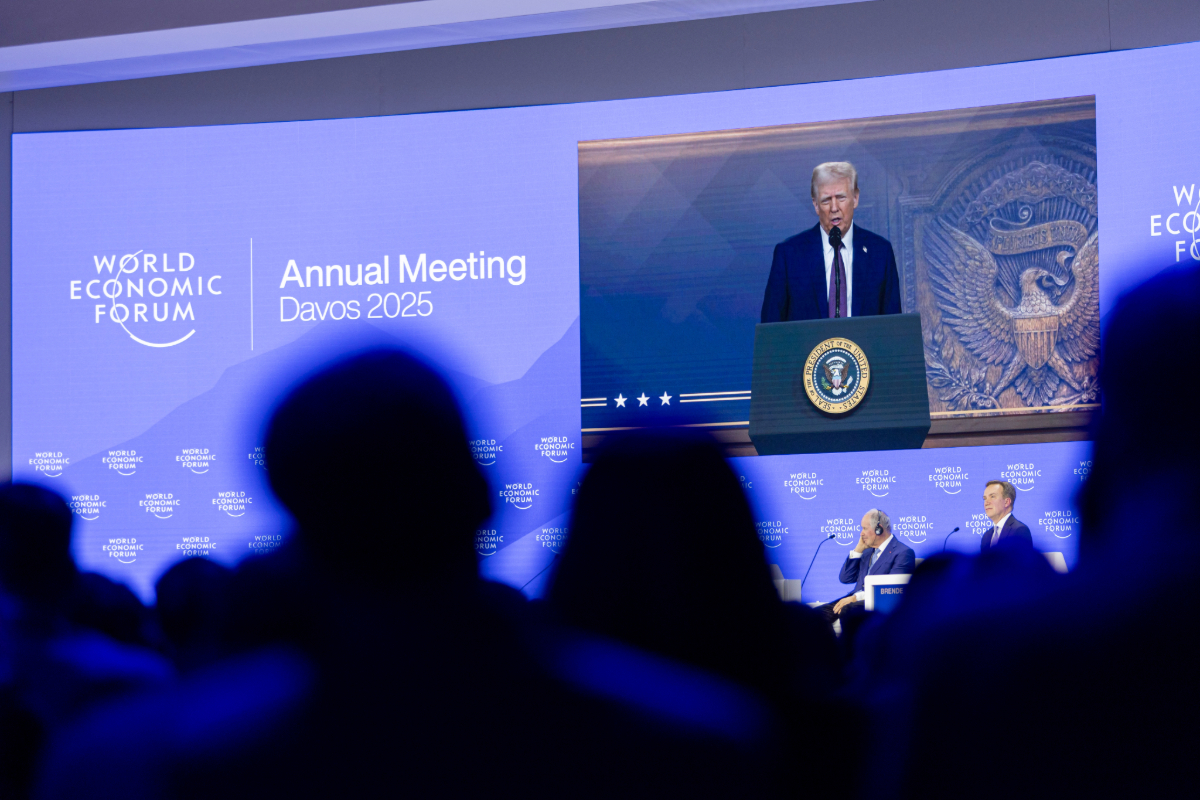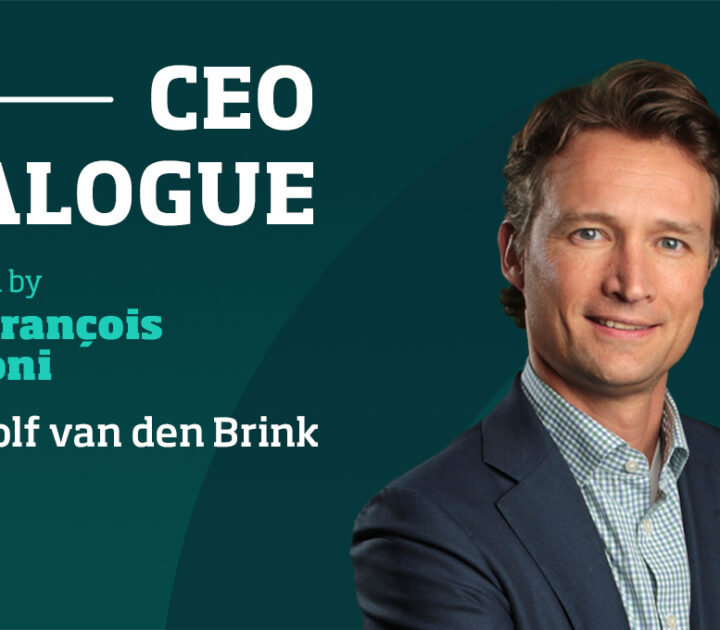
Do Social and Environmental issues affect the talent appeal in a country?
The IMD World Talent Ranking captures a country’s efforts to develop local talent while being able to attract overseas staff. It describes the quality of the talent pool available in an economy. The ranking assesses 63 countries using three factors. The Investment and Development factor evaluates the resources committed to the development of homegrown human capital. The Appeal factor observes the extent to which a country attracts foreign talent and retains local talent. Finally, the Readiness factor measures the quality of the skills and competencies available in a country.
Perusing the most recent talent ranking enables us to identify common characteristics among the high performing countries in talent development and appeal. For instance, it seems that the higher the quality of life and the availability of skilled labor, the higher the talent ranking in an economy.
Figure 1 illustrates this relationship. It presents the association among the quality of life, the availability of highly skilled labor, and takes into consideration the size of an economy by accounting for its population. In the horizontal axis we account for a country’s quality of life. The data comes from responses we receive from upper- and mid-level managers who participate in the IMD Executive Opinion Survey (discover our methodology). In the vertical axis we present the response of executives to the question “Skilled labor is readily available” in your country. Finally, the scale of the bubble indicates a country’s size of the population. Figure 1 shows that top performers in talent competitiveness are small and medium economies, with European countries dominating the rest of the economies in the sample. It also outlines that countries that exhibit high level of quality of life alongside availability of skilled labor, exhibit higher ranks in talent competitiveness.

What are the measures that exhibit high correlation with the attractiveness of a country as a talent destination?
Economies at the top of the IMD World Talent Ranking are among the richest countries in the world. A strong positive association between GDP per capita -a common proxy for the average level of wages in a given country- and a country’s ranking is, therefore, expected. In fact, a high level of income per capita is expected to be an important factor for both attracting foreign highly-skilled professionals and retaining homegrown talent. However, the shape of the curve shown in Figure 2 reveals that the relationship between the two indicators is not linear. Instead, after reaching the point of 70’000 USD (PPP), wages are not the dominant criterion for attracting talent in a country.

Which variables beyond income then contribute in making a country appealing to the world talent pool? In other words, what does a person who is considering remaining or relocating to a place take into consideration?
Among others, a country’s provisions to address the social and environmental needs of its citizens may also be an important component in employment decisions. These aspects are depicted by the Social Progress Index, generated by the Social Progress Imperative. The index quantifies three important dimensions: basic human needs, wellbeing and opportunity.
Figure 3 portrays the relationship between the Appeal Factor and the Social Progress index. It is an interesting and complex relationship. Low levels of the Social Progress index are associated with low levels of Appeal. In fact, during a certain range, small increases in the index are related with decreasing levels of Appeal. This is reversed for high levels of the Social Progress index.

In effect, countries that address the social and environmental needs of their citizens effectively correlate with countries that are identified as having high Appeal in the world talent pool. This again suggests that non-social progress factors (such as wages) can only go so far in attracting talent to a country. Therefore, to attract and retain talent, decision makers must emphasize and develop aspects beyond economic incentives.
Research Information & Knowledge Hub for additional information on IMD publications

Business leaders at this year's World Economic Forum sought to block out the political noise and focus on what's happening in the real economy.
Gen AI may herald a significant shift in remote work hiring patterns. As it continues to bridge gaps in the output quality of knowledge work, the cost advantage of hiring foreign workers becomes increasingly attractive. The leveling-up effect of g...

Many new businesses have emerged in recent years with few employees, no roots in the community, and heavily reliant on Big Tech for survival. How does this square with the demands for responsible leadership?

While the dynamic, purpose-filled nature of startups is a big attraction, Gen Z talent should also consider what more established companies have to offer says IMD’s Lars Häggström.

Here's how to get the most out of your team – even if you're only together for shorter periods of time.
We investigate family CEO birth order as an antecedent of family firms' CSR behavior. Despite psychology literature recognizing it as a key predictor of individual behavior, birth order has been largely neglected in management research. Drawing on...
IKEA launched the Welcome Home project in Belgium to make a meaningful impact by supporting single-parent families. Originating from a cross-departmental brainstorming session, the program initially focused on donating funds and furniture to shelt...
With stagnant import volumes since 2021, and import prices at levels below those suggested by fundamentals, foreign exporters face an uphill battle to convert access to the Chinese market into revenues. Notably, the volume stagnation predates the ...
In today’s fast-paced and ever-changing business environment, small and medium-sized enterprises (SMEs) face unique challenges. From navigating market volatility to managing limited resources, SMEs must find ways to build resilience within their t...

Early in his career, Dolf van den Brink did everything he could to project an image of authority – including wearing spectacles he didn’t need. It wasn’t until he learned to be comfortable in his skin that he began to excel as a leader, he tells ...
in I by IMD 24 January 2025
Research Information & Knowledge Hub for additional information on IMD publications
Research Information & Knowledge Hub for additional information on IMD publications
in I by IMD 14 January 2025
Research Information & Knowledge Hub for additional information on IMD publications
in I by IMD 7 January 2025
Research Information & Knowledge Hub for additional information on IMD publications
Research Information & Knowledge Hub for additional information on IMD publications
in Strategic Entrepreneurship Journal 25 December 2024, ePub before print, https://doi.org/10.1002/sej.1530
Research Information & Knowledge Hub for additional information on IMD publications
Research Information & Knowledge Hub for additional information on IMD publications
Research Information & Knowledge Hub for additional information on IMD publications
Research Information & Knowledge Hub for additional information on IMD publications
Research Information & Knowledge Hub for additional information on IMD publications


